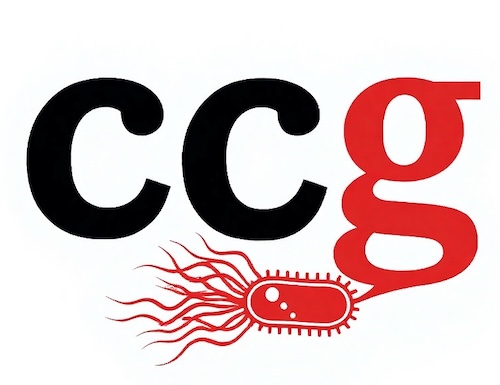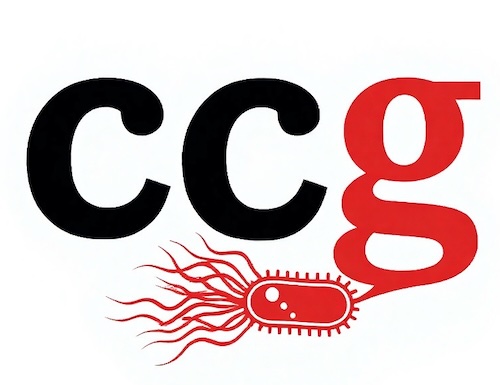The Nanopore Learning course on Human Genome Sequencing and Analysis has a video on Library preparation: Extraction methods and sample handling. Hazel Johnson from the Technical Services Team at Oxford Nanopore Technologies (ONT) spoke about sample extraction methods and considerations. They noted that to go from raw sample to answer, the workflow is not a […]
Hazel Johnson, member of the Technical Services Team at Oxford Nanopore Technologies, presented the second video in the Nanopore Learning Human Genome Sequencing and Analysis course. They shared the range of products for sample preparation, instruments, and software offered by ONT. Johnson shared a graphic with the nanopore sequencing platforms. The Flongle is low cost […]
Tonight I started the Human Genome Sequencing and Analysis Nanopore Learning course. Bala Periaswamy from ONT spoke about using Nanopore sequencing for human genomics. They noted that the long reads can be used to sequence larger portions to analyze human genome variations and epigenomics. They noted that kit 14 along with flow cells and motor […]
The last session of the Oxford Nanopore Technologies Nanopore Learning Metagenomics course is about additional metagenomic concepts. Tim Walker spoke about metagenomic assembly: “the computational process which seeks to reconstruct the microbial genomes within a metagenomic mixture.”The assembled reads could be genomes or plasmids. Metagenomic assembled genomes (MAGs) can be used for several analyses. Coverage […]
Tim Walker explained quality control of metagenomic assemblies as part of the Nanopore Learning Metagenomics course. They spoke about the metrics to determine confidence in assembly model and the information it gives. Walker stated: “… what is truth, and what is artifact” to emphasize the use of metrics for metagenomic assembly quality control. Walker explained […]
Tim Walker from the Technical Services Group conducted a demonstration of EPI2ME as part of the Nanopore Learning course. Walker noted that EPI2ME currently hosts free metagenomic classification pipelines including WIMP, the antimicrobial resistance workflow, and the Fastq 16S workflow. The 16S workflow works with the 16S barcoding kit. This is the kit and workflow […]
Tim Walker from the Technical Services Team with Oxford Nanopore Technologies presented the Nanopore Learning Course – Metagenomics lesson I watched tonight. They spoke about metagenomic classification techniques to identify organisms from sequence data and annotate genes. For targeted metagenomics, ITS, 16S, or antibiotic resistance genes can be amplified and sequenced. Whole genome sequencing can […]
Marta Verdugo from Oxford Nanopore Technologies is the presenter for the Nanopore Learning sessions I watched tonight. The series of videos focused on MinKNOW and setting up an experiment. Verdugo provided an overview of the MinKNOW graphical user environment. In the second video of the series, they set up a control experiment. One experiment setup […]
Tonight I continued watching the Oxford Nanopore Learning Course on Metagenomics. I focused on reviewing the flow cell priming videos to learn some tricks. Hazel Johnson and Divya Mirrington demonstrated how to prime a flow cell. They highlighted the air pocket that needs to be removed by opening the priming port and removing a small […]
Tonight I continued watching the Nanopore Learning Metagenomics series. The lessons focused on Library Preparation: Low input PCR kits. Hazel Johnson spoke about low-input kits. Library preparation involves attachment of sequencing adapters that are “Y” shaped and include a motor protein and leader sequence. A tether site facilitates the capture of the molecule. When you […]











